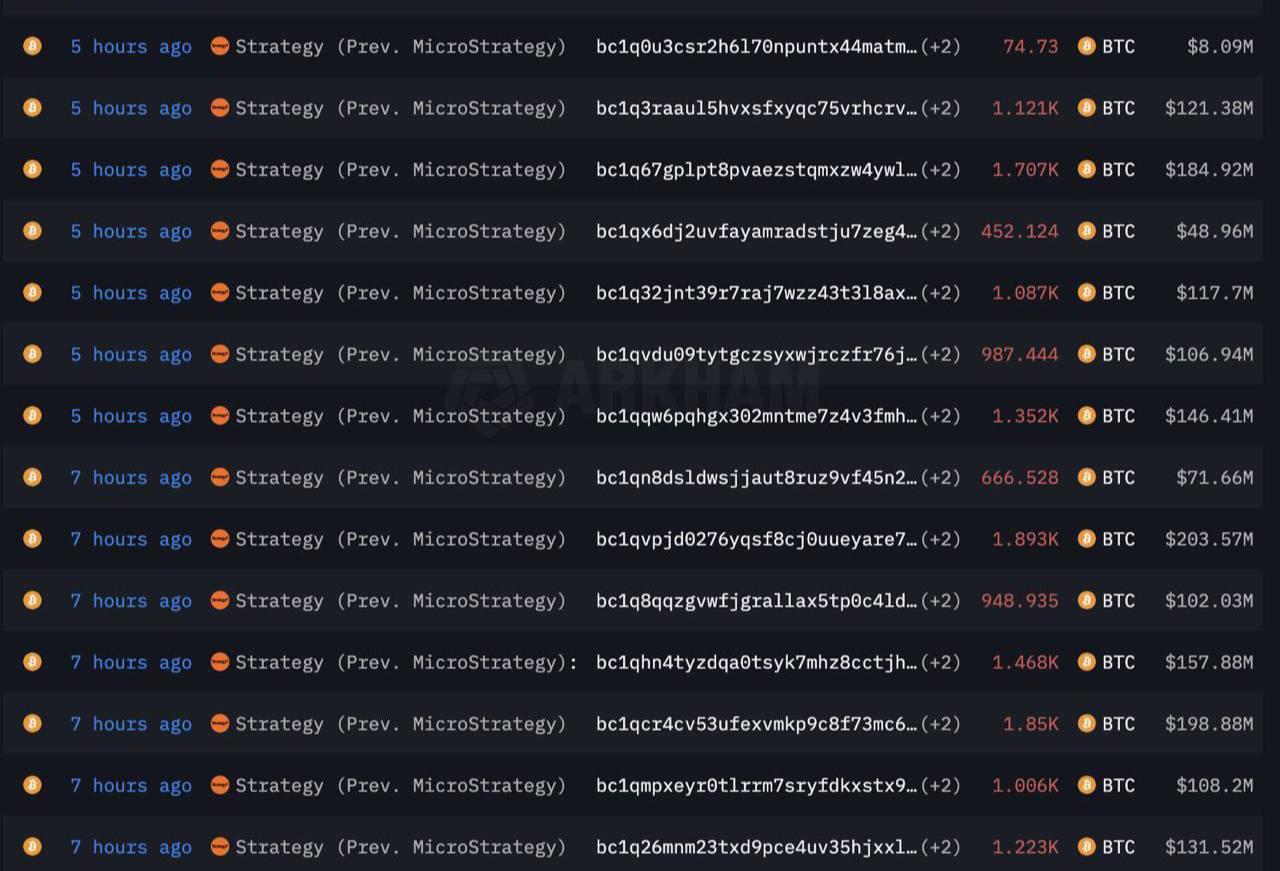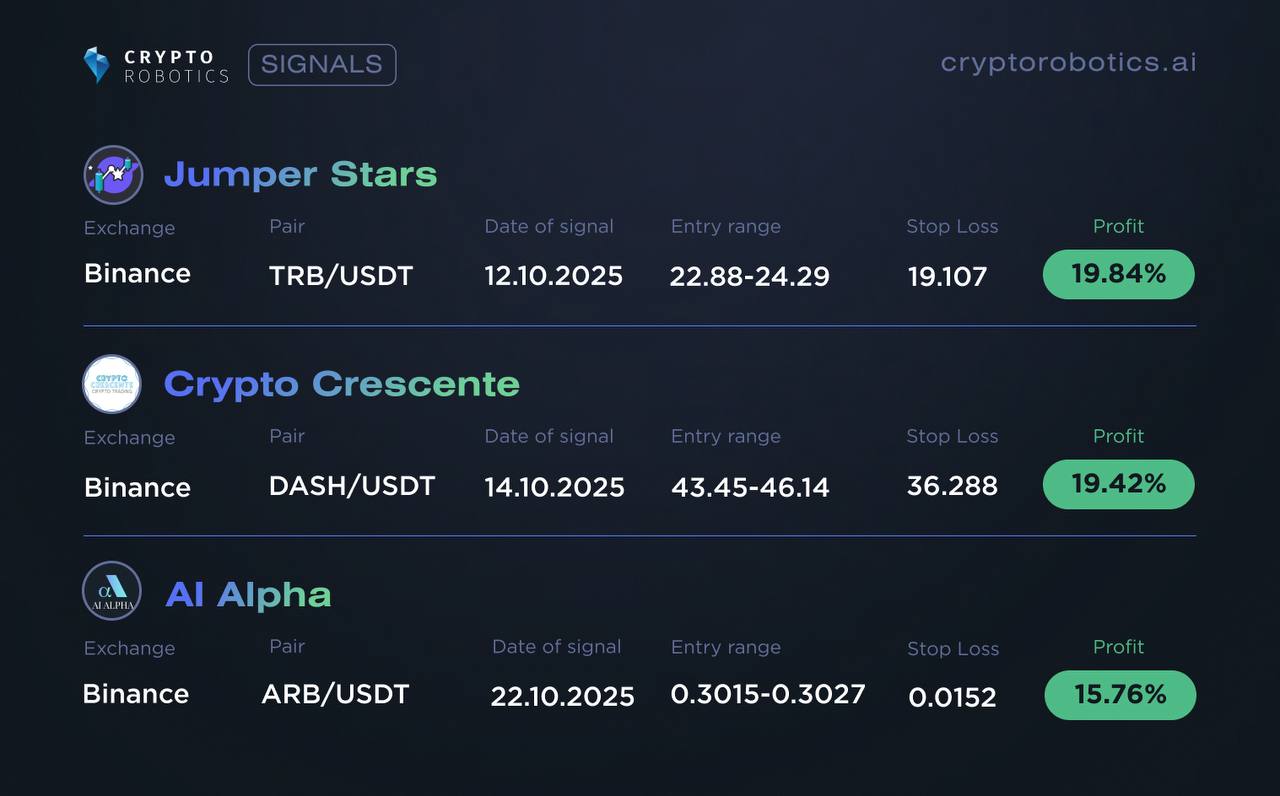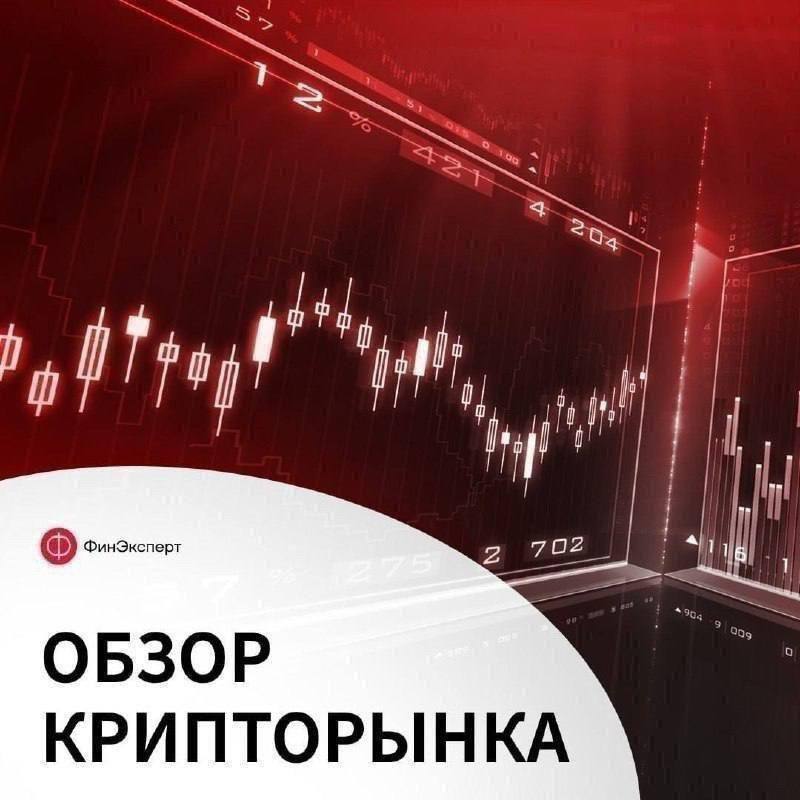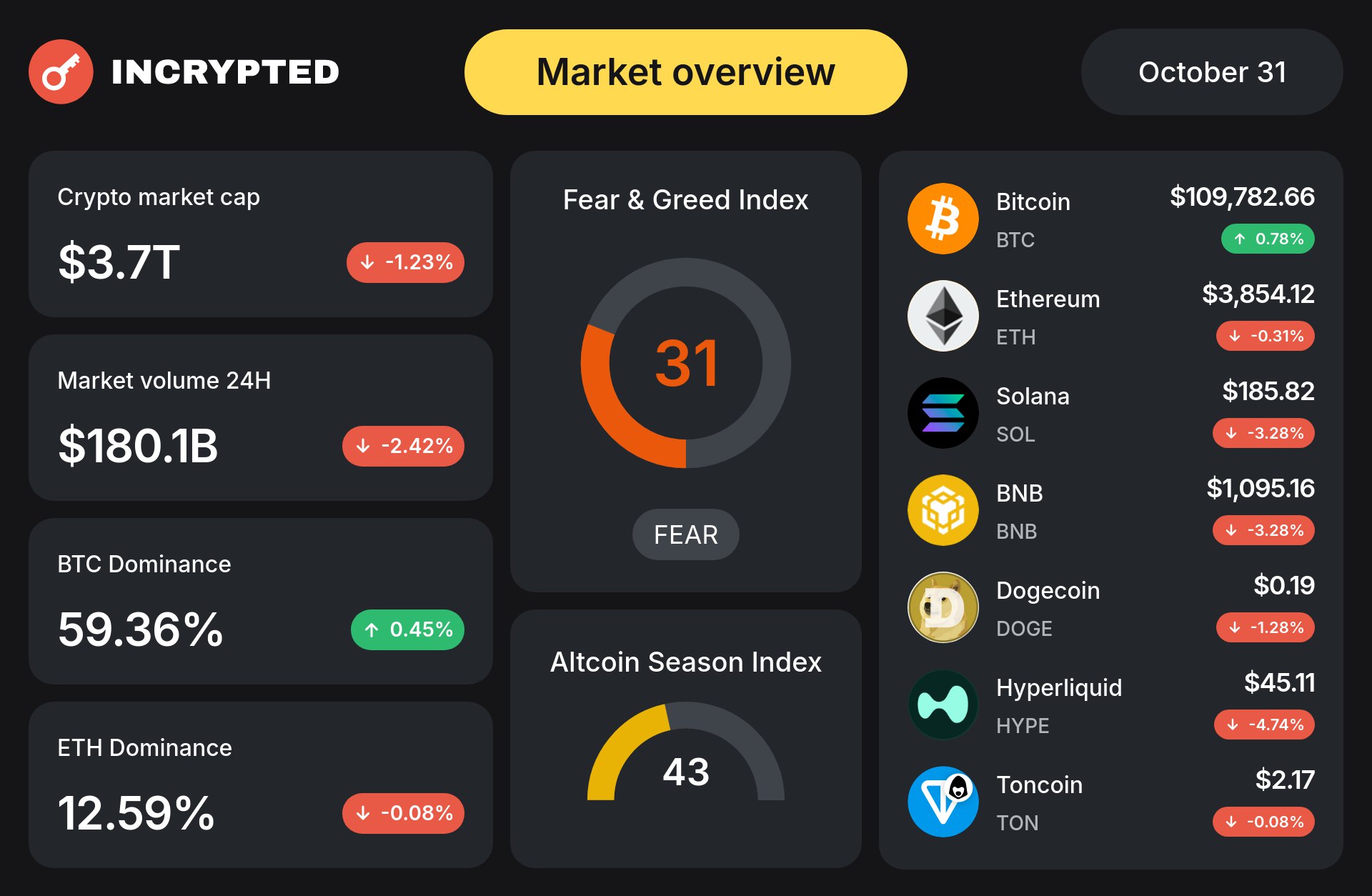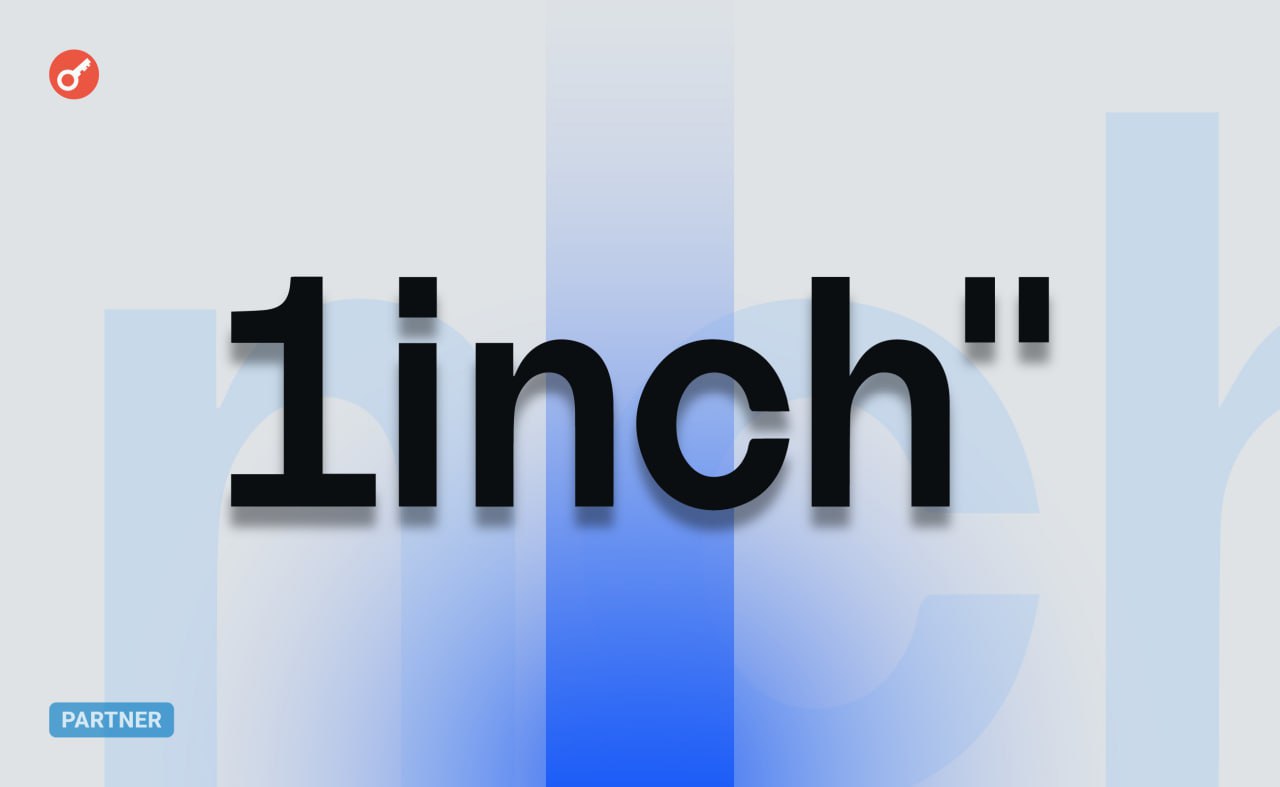📊 Общая картина
• Капитализация: $3,741 трлн (-$98 млрд)
• Доля BTC: 57,5% | Доля ETH: 12,4%
• Индекс страха и жадности: 28 (страх)
📉 Вчерашние итоги
• BTC: $108 322 (-1,54%)
• ETH: $3 805 (-2,51%)
• Снижение капитализации: -$221 млрд с 27 октября
🏛️ Реакция на ФРС
• Снижение ставки: на 25 б.п.
• Завершение QT: прекращение количественного ужесточения
• Риторика Пауэлла: осторожность из-за инфляции и рынка труда
📈 Техническая картина
• Текущая цена: $109 400 (отскок от $106 304)
• Ключевое сопротивление: $111 700
• Целевые уровни: $115 900 → $126 199
• Критическая поддержка: $106 000
💡 Фундаментальные драйверы
• Институциональный спрос: 12 ETF владеют 1,35 млн BTC (6,5%)
• Завершение QT: прекращение изъятия ликвидности
• Торговое перемирие: снижение рисков США-Китай
🎯 Исторический контекст
17 лет с публикации whitepaper Сатоши. Биткоин прошел путь от идеи P2P-наличности до ядра индустрии с капитализацией $2 трлн, большую часть 2025 года торгуясь выше $100 000.
⚡ Ближайшие триггеры
• Позиция ФРС по декабрю: ясность по дальнейшим шагам
• Макроданные: публикация после завершения шатдауна
• Технические уровни: пробой $111 700 или снижение ниже $106 000
Рынок столкнулся с классическим "sell the news", но сохраняет среднесрочные перспективы на фоне фундаментально благоприятных изменений в монетарной политике.



